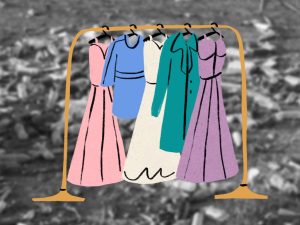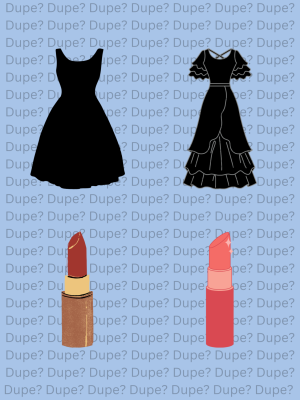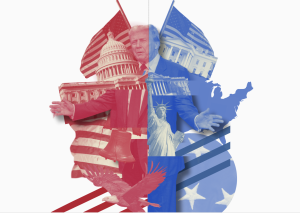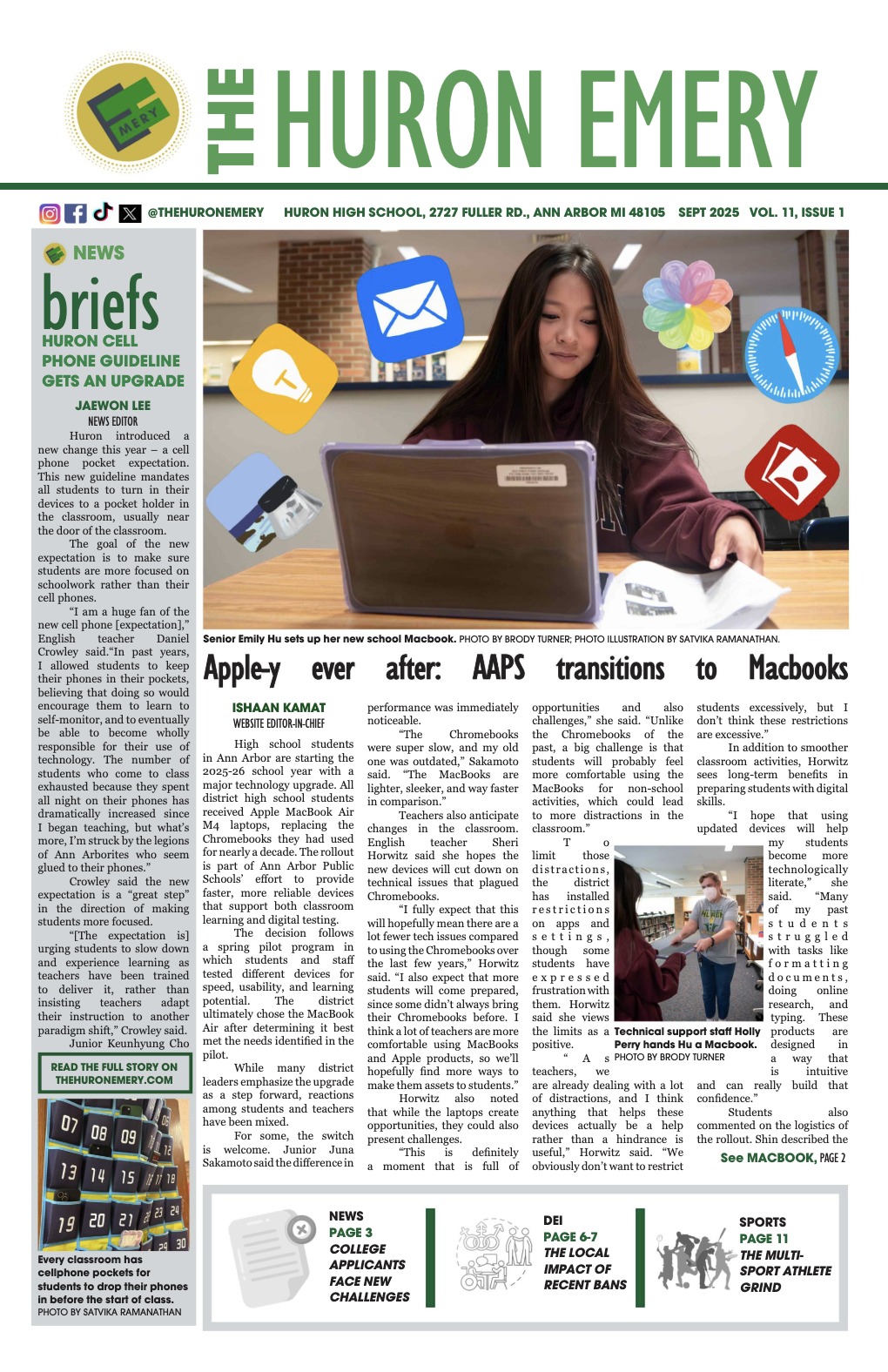Snapchat: The need for more protection
March 13, 2023
Snapchat: what feels to be one of the cornerstone, quintessential apps of adolescence. Initially released on July 8th, 2011, the app was designed to be a fast, easy way to share pictures with friends and family. According to the Snap Inc. website, “the camera presents the greatest opportunity to improve the way people live and communicate.” But sometimes, it feels as if that’s also one of the dangers of Snapchat. For an app that advertises itself as for children ages 13 and up, it doesn’t feel very child friendly.
One of the defining features of Snapchat is that messages (“Chats”) and pictures (“Snaps”) don’t save, unless manually done so by the sender or receiver. It’s clear how this can lead to harassment and other forms of cyberbullying — if someone believes that there won’t be any physical evidence that they’ve said something unnecessary, it makes it more likely that they’ll go ahead and say it. However, on the contrary, nothing that is ever sent online truly disappears. Another key feature of this app is that it notifies the sender if the receiver screenshots something, unlike many other messaging apps. If they believe the receiver is less likely to screenshot evidence because of this, it may be easier for them to send something harmful or upsetting.
Also, “streaks” can put a lot of pressure on a young, easily influenced teen to continue sending pictures to somebody they may not feel comfortable with. “Streaks” are the number of days in a row that you have Snapped someone, and they reset if more than 24 hours has passed since your last Snap. If you’ve already built up a long streak with someone, it may become harder and harder to stop communicating with them.
As of right now, users of the app are too vulnerable. While it’s clear that Snapchat can also just be an innocent app to send loved ones pictures periodically throughout the day, there needs to be a sort of artificial intelligence that determines whether or not pictures/messages are appropriate before they’re sent, or some other layer of protection.














